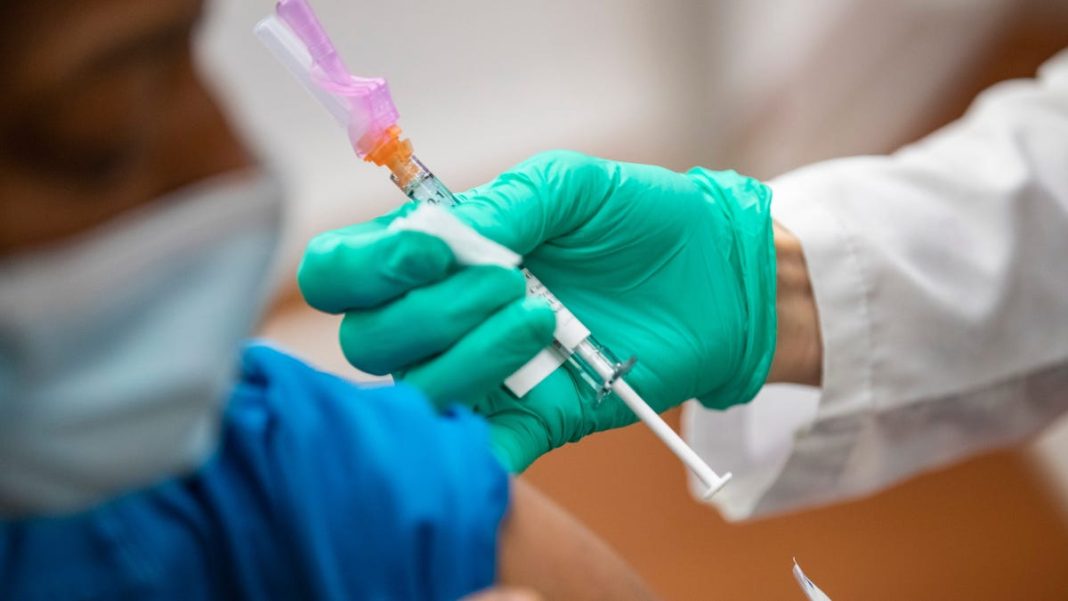This form of meningitis is swift and lethal. Here’s what you should know.
Among bacterial infections, while bacterial meningitis isn’t the most frequent, it is certainly one of the most severe.
“The most alarming aspect of bacterial meningitis is its high fatality rate and the speed with which it develops,” says Dr. Jatin Vyas, a medicine professor specializing in infectious diseases at the Columbia University Vagelos College of Physicians and Surgeons. “Patients can deteriorate from being healthy to critically ill within just a few hours.”
Here’s a brief overview of what bacterial meningitis is, how it varies from viral and other meningitis types, and what treatments are available if you or someone you love is diagnosed.
What is meningitis? What are its symptoms?
Meningitis is an infection that leads to the inflammation of the meninges, the delicate membranes that protect the brain and spinal cord, according to Dr. Rodrigo Hasbun, a professor of infectious diseases at the University of Texas McGovern Medical School.
He mentions that there are several forms of meningitis, including bacterial, viral, fungal, and parasitic varieties, along with those caused by non-infectious reasons. While viral meningitis is more common and less severe, bacterial meningitis “represents a minority of cases but is associated with serious neurological complications and sometimes death.”
Bacterial meningitis “has a fatality rate of about one in six and leads to long-term complications for about one in five survivors,” notes Dr. Jason Nagata, a pediatrician at UCSF Benioff Children’s Hospital in San Francisco. Such complications can involve hearing loss, visual impairments, learning challenges, or even limb amputations due to sepsis. “Swift identification and treatment are crucial in avoiding these consequences,” he adds.
Common signs of viral meningitis include fever, headache, neck stiffness, nausea, vomiting, light sensitivity, and confusion, according to Nagata. “In severe cases, it may trigger seizures, a coma, or a purple rash.” Infants may exhibit distinct signs, such as poor feeding, irritability, bulging soft spots on their heads, or lethargy.
What leads to meningitis?
Common triggers for viral meningitis include enteroviruses, herpes viruses, West Nile virus, mumps, and influenza viruses.
Bacterial meningitis can arise from bacteria like Streptococcus pneumoniae, Neisseria meningitidis, and Haemophilus influenzae, explains Nagata.
Vyas remarks that assessing family medical history and performing a physical exam, which includes analyzing cerebrospinal fluid through spinal tap, is essential to determine whether meningitis is viral or bacterial.
Fungal meningitis or parasitic meningitis can be caused by fungi like Cryptococcus, as well as parasites or amoebas. Non-infectious meningitis can result from head trauma, adverse reactions to certain medications, cancer, or autoimmune disorders like lupus or rheumatoid arthritis, as Dr. John Sellick, a professor of infectious diseases at the University of Buffalo, explains.
How is meningitis treated?
Treatment for meningitis varies greatly based on its cause. For bacterial meningitis, “immediate intravenous antibiotics and sometimes corticosteroids to alleviate inflammation are necessary, while viral meningitis typically resolves on its own with proper rest, hydration, and pain management,” states Nagata. He mentions that antiviral medications may be prescribed for specific viruses, such as herpes, while antifungal drugs are used for fungal meningitis. “Non-infectious meningitis is treated by addressing the underlying condition, such as autoimmune disorders or cancer,” he adds.
Although bacterial meningitis can pose life-threatening risks, “early treatment significantly enhances recovery chances,” asserts Nagata. “The best outcomes arise from a quick diagnosis of the infection’s cause,” agrees Vyas.
Preventative vaccination is also key. You can receive vaccines for the viruses that can trigger meningitis and the MenACWY vaccine, which offers protection against four types of meningococcal bacteria responsible for meningitis. According to Sellick, “this vaccine is highly effective in preventing infections.”

